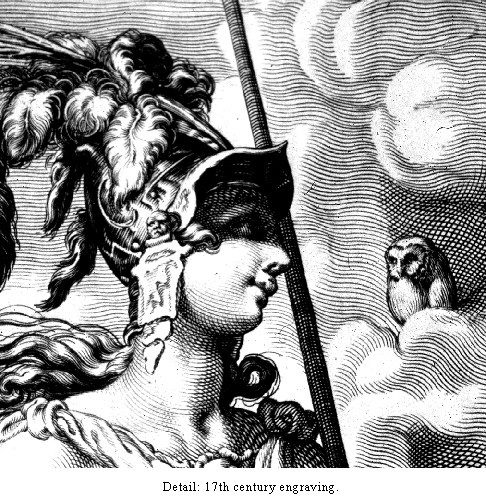monica moyano
Internet for Educators
Primary Sources
Ancient Book Printing
Impressio Librorum (Book Printing): Plate 4 of theNova Reperta (New Discoveries)Theodor Galle (Flemish, 1571–1633), after Jan van der Straet, called Stradanus (Netherlandish, 1523–1605)Antwerp: Philips Galle, late 16th centuryEngraving
plate: 7 7/8 x 10 3/8 in. (20 x 26.4 cm), sheet: 9 7/8 x 12 7/8 in. (25.1 x 32.8 cm)Harris Brisbane Dick Fund, 1934 (34.30 [5])
http://www.metmuseum.org/toah/works-of-art/34.30(5)
World Map
This is an interactive map showing art history through out the world and through various time periods. Available through the Metropolitian of Museum of Art
http://www.metmuseum.org/toah/works-of-art/34.30(5)
Celestial Map
Celestial Map of the Southern Sky, 1515
Albrecht Dürer (German, 1471–1528)
Woodcut; 17 x 17 in. (43.1 x 43.1 cm)
Harris Brisbane Dick Fund, 1951 (51.537.2)
Click here to see Complete Records
This woodcut of the southern sky is based on maps of the stars drawn by an anonymous artist living in Nuremberg in 1503. Recalculated to reflect the stellar positions of 1515, Dürer's celestial maps were the first ever published and attest to the role that Nuremberg played as a center for printing, as well as for the manufacture of scientific instruments.
Young Womanhood (Anais) etching 1931
In "Young Womanhood" the female figure as well as the landscape behind her are exquisitely beautiful. The eye notices the differences between the stark emptiness of the sky against the rich tapestry of marks representing the figure and landscape. This etching as well as "Adolescence" and "Black Silk Dress" are thought to be three of Brockhurst's greatest works. In Complex Simplicity, William Dolan Fletcher states that they... "Stand as epics in the history of printmaking".
click on the image to see more
Intaglio Printing
Intaglio printing involves the use of a metal plate. In printing, the ink settles in the sunken areas and the smooth surface of the plate is wiped clean. The plate, in contact with damp paper, is passed through a roller press under pressure. The paper is forced into the sunken areas to receive the ink. The plate can be incised by one of several methods:
-
Engraving The design is cut into the plate by driving furrows with a tool called a burin. The careful control required by the cutting method results in a rather stiff, controlled style of image, with shading accomplished through the use of parallel lines, or "hatching." The plate is printed in the manner described above. Hogarth (18th c.) is an artist who often created engravings.
-
Etching A metal plate is coated with a material called a ground. The artist then draws his design on the ground with a sharp needle, that cuts through the ground to the metal below. When the plate is put in an acid bath, these exposed areas will be etched (or eaten away). This produces the sunken line which will receive the ink. The artist etches on the plate those parts which will appear in the finished print as black or colored areas. Since the ground is soft, the artist is able to work more freely than is possible with engraving, displaying a freer, more relaxed quality of line. The length of time the plate is left in the acid bath will affect the darkness and character of the lines.




